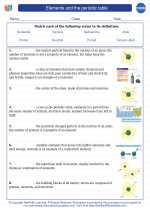What is Lava?
Lava is molten rock that flows out of a volcano during an eruption. It is the liquid state of rock, formed deep within the Earth's mantle and brought to the surface through volcanic activity.
Composition of Lava
Lava is primarily composed of silicate minerals, including silicon, oxygen, aluminum, iron, magnesium, and other elements. The specific composition of lava can vary depending on the type of volcano and the geological conditions where the lava is formed.
Types of Lava
There are three main types of lava:
- Basaltic Lava: This type of lava is low in viscosity and can flow rapidly. It often forms shield volcanoes and has a relatively low gas content.
- Andesitic Lava: Andesitic lava has higher viscosity and flows more slowly than basaltic lava. It commonly forms stratovolcanoes and can have a higher gas content.
- Rhyolitic Lava: Rhyolitic lava is the most viscous type and tends to flow very slowly. It is associated with explosive eruptions and can contain a high gas content.
Lava Flow and Eruptions
When a volcano erupts, the lava can flow in different ways, including as a smooth, continuous stream or in a more explosive, fragmented manner. The behavior of the lava is influenced by factors such as its viscosity, gas content, and the topography of the surrounding area.
Study Guide
When studying lava, it's important to understand the following key points:
- How is lava formed?
- What are the main components of lava?
- What are the different types of lava and their characteristics?
- How does lava flow during a volcanic eruption?
- What factors influence the behavior of lava?
Additionally, it's helpful to study specific examples of volcanic eruptions and their impacts, as well as the geological features associated with different types of lava flows.
Understanding the properties and behavior of lava is crucial for comprehending volcanic activity and its effects on the Earth's surface.
[Lava] Related Worksheets and Study Guides:
.◂Chemistry Worksheets and Study Guides High School. Elements and the periodic table
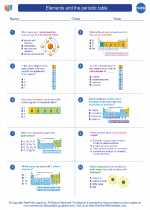
 Worksheet/Answer key
Worksheet/Answer key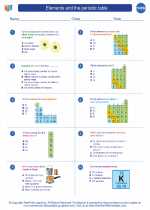
 Worksheet/Answer key
Worksheet/Answer key
 Vocabulary/Answer key
Vocabulary/Answer key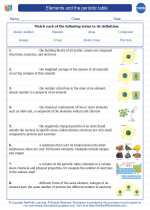
 Vocabulary/Answer key
Vocabulary/Answer key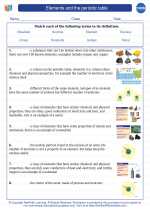
 Vocabulary/Answer key
Vocabulary/Answer key